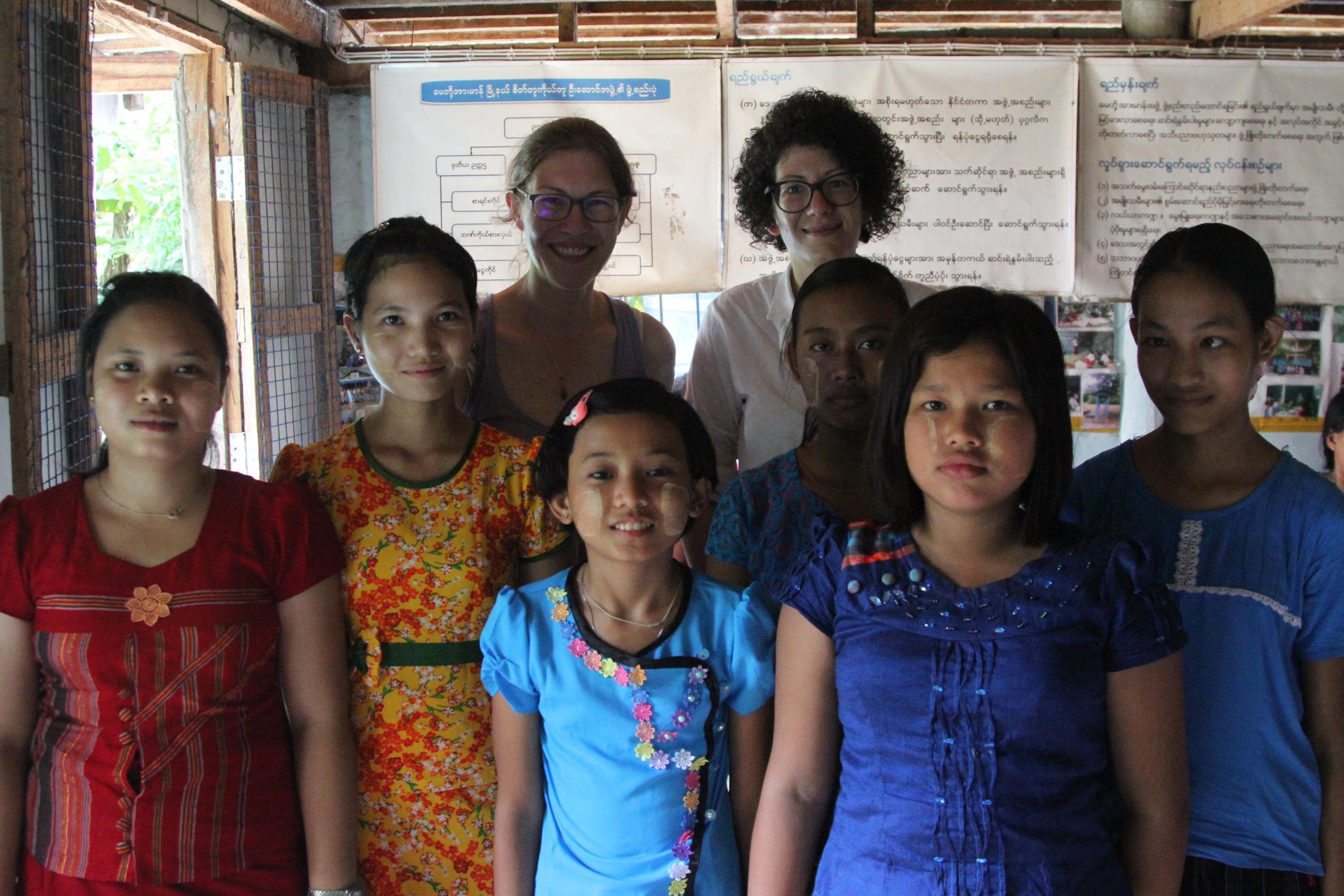The Scale of the Challenge
Women and girls in Myanmar face barriers in the supply of and in their demand for financial products and services, the wider enabling environment as well as in their socio-cultural context.
On the supply side, access points across delivery channels are extremely limited in Myanmar and agent banking and mobile money agents are nascent. Further, a lack of formal and liquid saving mechanisms, coupled with a lack of access to formal loans, force women to turn to informal lenders to meet household expenses and emergencies.
In terms of the enabling environment, regulatory requirements to secure loans at retail banks are the key constraint for women business owners looking for larger ticket loans, as banks require >200% collateral in land & building which women are less likely to own. This is in a context where women face lower levels of land and property ownership driven by inheritance norms as well as discrimination in the registration process. For instance, until recently, the farmland registration process included space for only one name – generally the head of the household.
Banks require >200% collateral
for larger ticket loans
Constraints such as these, collectively limit women’s access, usage and agency over financial products and services in ways that constrain their economic empowerment. Consequently, women remain disproportionately excluded from the formal financial system, with a gender gap of 4% points, with 29% of females accessing finance through either formal banks or non-banks compared to 33% of males, and more likely to use informal products compared with men by 5% points.


